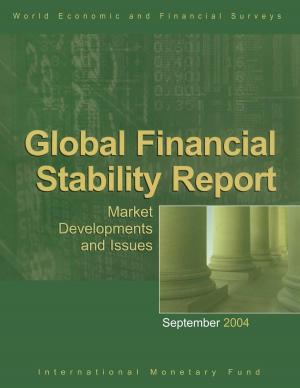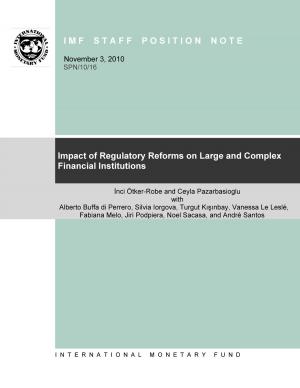When Should Public Debt Be Reduced?
Business & Finance, Economics, Money & Monetary Policy, Macroeconomics| Author: | Jonathan Mr. Ostry, Atish Mr. Ghosh, Raphael Espinoza | ISBN: | 9781513505312 |
| Publisher: | INTERNATIONAL MONETARY FUND | Publication: | June 1, 2015 |
| Imprint: | INTERNATIONAL MONETARY FUND | Language: | English |
| Author: | Jonathan Mr. Ostry, Atish Mr. Ghosh, Raphael Espinoza |
| ISBN: | 9781513505312 |
| Publisher: | INTERNATIONAL MONETARY FUND |
| Publication: | June 1, 2015 |
| Imprint: | INTERNATIONAL MONETARY FUND |
| Language: | English |
What considerations should guide public debt policy going forward? Should debt be reduced to achieve normative anchors (such as 60 percent of GDP), should it be increased further to finance a big public investment push, or should the existing debt be serviced forever? We argue that, for countries with ample fiscal space (little risk of encountering a fiscal crisis), raising distortive taxes merely to bring the debt down is a treatment cure that is worse than the disease. High public debt of course is costly, but it is a sunk cost only made worse by efforts to pay down the debt through distortionary taxation. Living with the debt is the welfare-maximizing policy. In decisions vis-à-vis the big push for public investment, golden-rule considerations remain salient, with due account taken of the additional servicing costs (and associated distortive taxation) from the resulting buildup of public debt.
What considerations should guide public debt policy going forward? Should debt be reduced to achieve normative anchors (such as 60 percent of GDP), should it be increased further to finance a big public investment push, or should the existing debt be serviced forever? We argue that, for countries with ample fiscal space (little risk of encountering a fiscal crisis), raising distortive taxes merely to bring the debt down is a treatment cure that is worse than the disease. High public debt of course is costly, but it is a sunk cost only made worse by efforts to pay down the debt through distortionary taxation. Living with the debt is the welfare-maximizing policy. In decisions vis-à-vis the big push for public investment, golden-rule considerations remain salient, with due account taken of the additional servicing costs (and associated distortive taxation) from the resulting buildup of public debt.















